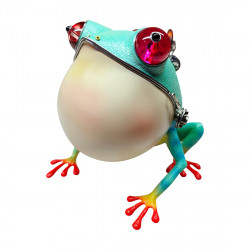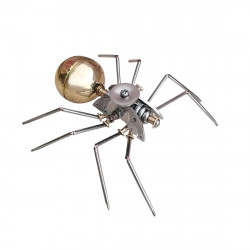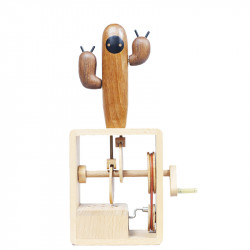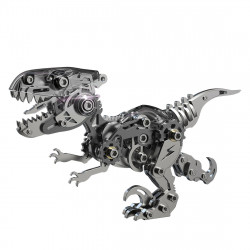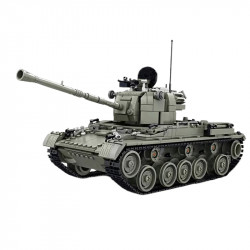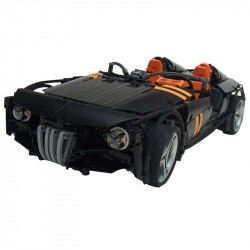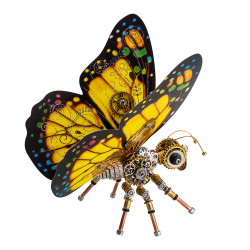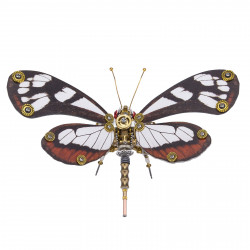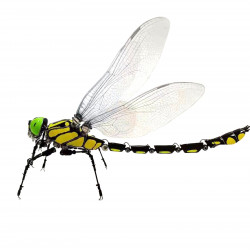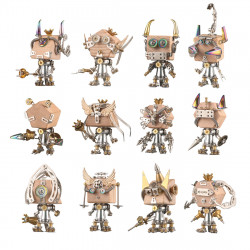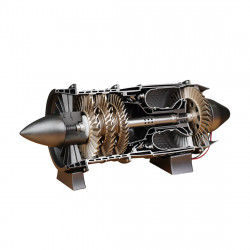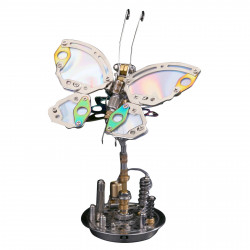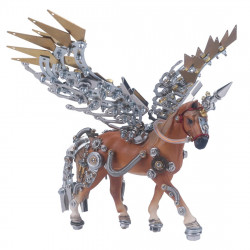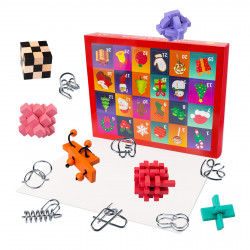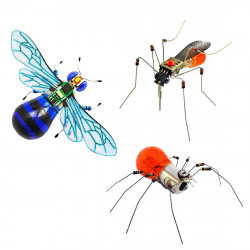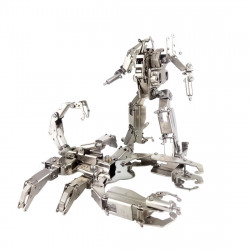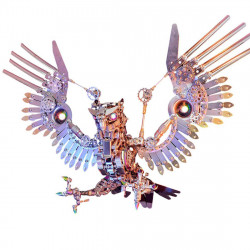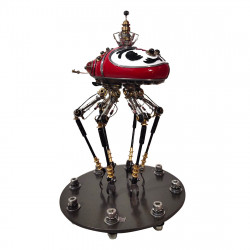How Much Do You Know About Scorpions?

How Much Do You Know About Scorpions?
A few key traits set scorpions apart from spiders. These traits help distinguish them from other arachnids and aid in identification.
Take, for instance:
The body is comprised of these three distinct parts:
- The prosoma or the cephalothorax, respectively (head)
- The mesosoma (abdomen)
- The metasoma (tail)
Some crucial characteristics of scorpions are covered in each of the three sections, and they include the following:
- The mouth, compound eyes, and the distinctive pedipalps claws are located on the prosoma. Each pedipalp ends in a pair of chelae, which are pinchers. Pedipalps are auxiliary appendages, not legs, to grasp and hold prey, partners, or even a rival scorpion during a competition. Only female scorpions have pedipalps.
- A scorpion's mesosoma, which consists of four pairs of walking legs with claws, is divided into seven segments. Because of their mesosoma, these characteristics enable scorpions to climb almost any surface easily. The segments of the mesosoma contain the reproductive organs, respiratory organs, and other organs.
- The telson is the last segment of the scorpion's well-known metasoma tail. There are five more segments in the metasoma compared to the telson. The scorpion's telson has two venom glands and a hypodermic aculeus, a venom-injecting barb or stinger. This allows the scorpion to strike humans as well as its prey.
Due to their unique set of abilities, scorpions are highly effective predators. They use their eyes to find prey.
Their four pairs of clawed legs help them move quickly over any terrain. They use their pedipalps and chelae to catch and hold prey. Their telson injects venom to make the prey immobile or kill it.
They are not insects.
The broad group of arachnids includes ticks, mites, and spiders. They are members of the larger arthropod group known as chelicerates and are categorized as arachnids.
The sea spider and the horseshoe crab are other members of this group of arthropods. In no way could helicase be mistaken for an insect. Insects are among the many different forms of arthropods.
There are several ways to distinguish chelicerates from insects, including the number of legs on each. In contrast to arachnids and other chelicerates, which have eight legs and two extra pairs of appendages called the chelicerae and pedipalps, adult insects only have six legs. Chelicerae often take the shape of mouthparts, and over their evolutionary history, scorpions' pedipalps have changed into pincers.
The three most distinctive and noticeable characteristics of scorpions are:
- Their long, thin tails often curved over the back of the creature.
- Their enormous claws.
- The stinger is used to inject venom at the end of the tail.
Some species of scorpions can survive for a whole year without eating.
Most of a scorpion's diet consists of insects and spiders, while larger species may eat mice or small reptiles. Some are known to set traps for their victims, while others actively hunt for food. Some stalk their prey in an ambush.
They can only eat liquid food, regardless of how it is delivered to them. They achieve this by using enzymes outside their bodies to break down their prey, which they subsequently eat through their minuscule mouths.
Several species of scorpions have slow metabolisms, allowing them to continue for extended periods without eating. They usually only eat once every few weeks, although it has happened that they have gone anywhere from six to twelve months without eating.
The stinging sensation of a scorpion's senses
A scorpion's body has many sensory hairs. These hairs help it detect potential predators and prey. This is why scorpions are very aware of their surroundings. On the underside of their bodies, scorpions have two organs that are best described as sensory combs.
With teeth that can sense vibrations and textures, these "pectins" help the keen hunter stay alert for threats or game. Pheromone and chemical receptors are present in pectines, which add to the highly attuned creature's elevated consciousness.
Scorpions can determine any object's form, size, and proximity in their environment—including people. Because of this, they are a perfect mix of armored evader and deadly predator.
This is one of the main reasons they have survived on Earth for so long. It has a stinger and a tail. The feature that most likely distinguishes the scorpion are its abdomen and pedipalps.
An adult scorpion has an abdomen divided into 12 segments; people call the final five the metasoma or "tail."
Most animals have tails that curve down toward the ground, like a dog's tail. In contrast, a scorpion's tail curves upward.
This tail covers the top of the scorpion's head. The telson is a rounded part at the end of the abdomen. It contains the glands that produce the scorpion's famous poison.
At the tip of the telson is a stinger with a sharp edge and a concave tip. This stinger is used to puncture victims and assailants alike to administer a deadly dose of venom.
Anything the scorpion attacks may become unable to move because of the venom. This lets the scorpion eat its victim or escape to a safer place easily. Before mating, some animals occasionally use the poison to sedate possible partners.
They Give Birth to stay young.
Unlike other arachnids and invertebrates, scorpions give birth to their young on the spot. This suggests that they give birth to living babies rather than laying eggs on the outside.
The juvenile scorpions have beautiful white bodies and are significantly smaller than their parents. Depending on the species, the young can arrive anywhere between two and eighteen months after the pair mates. They scramble quickly onto their mother's back, who is known to protect them fiercely until it's time for them to go on.


